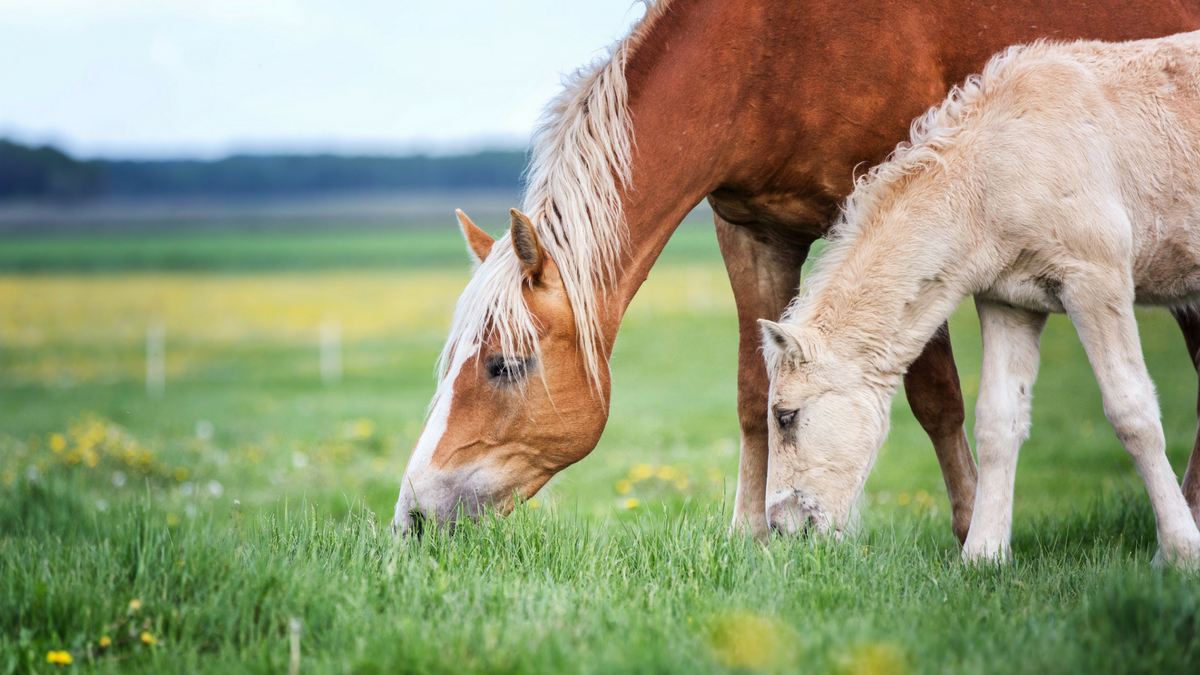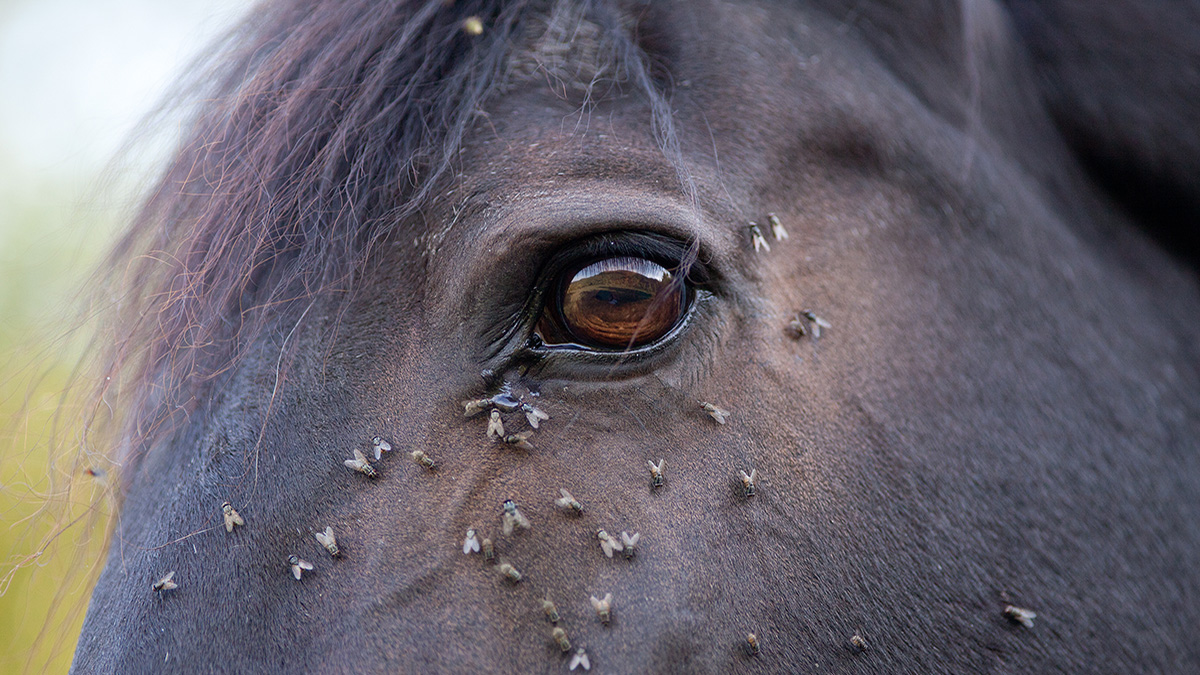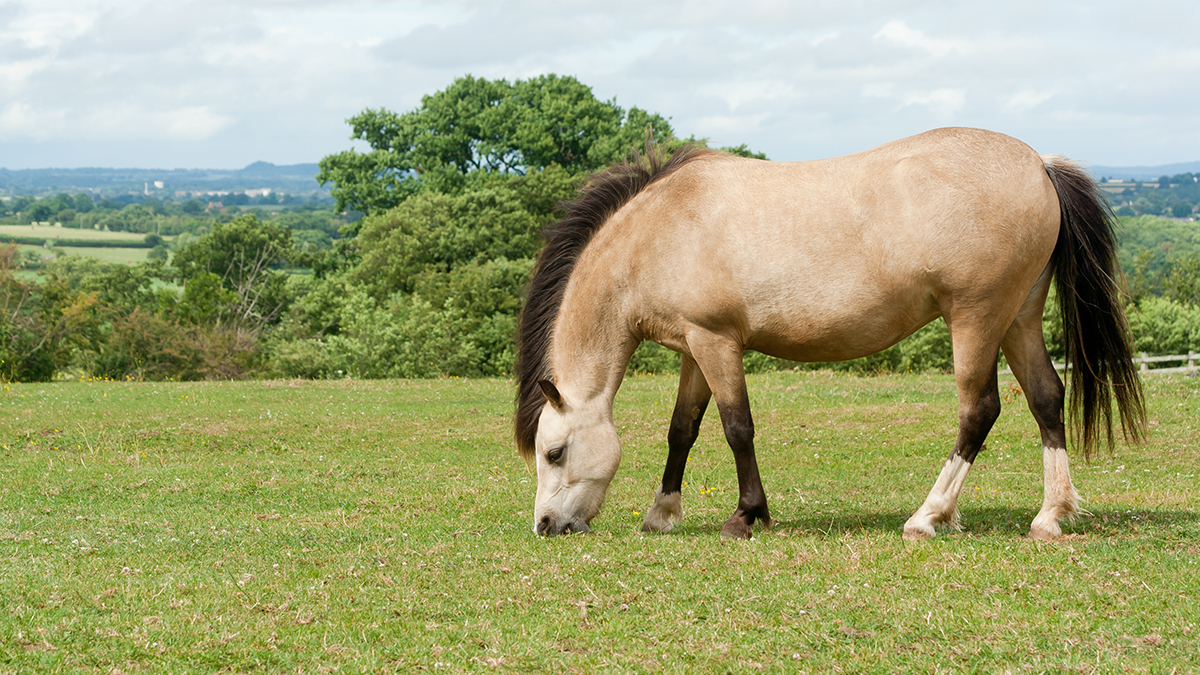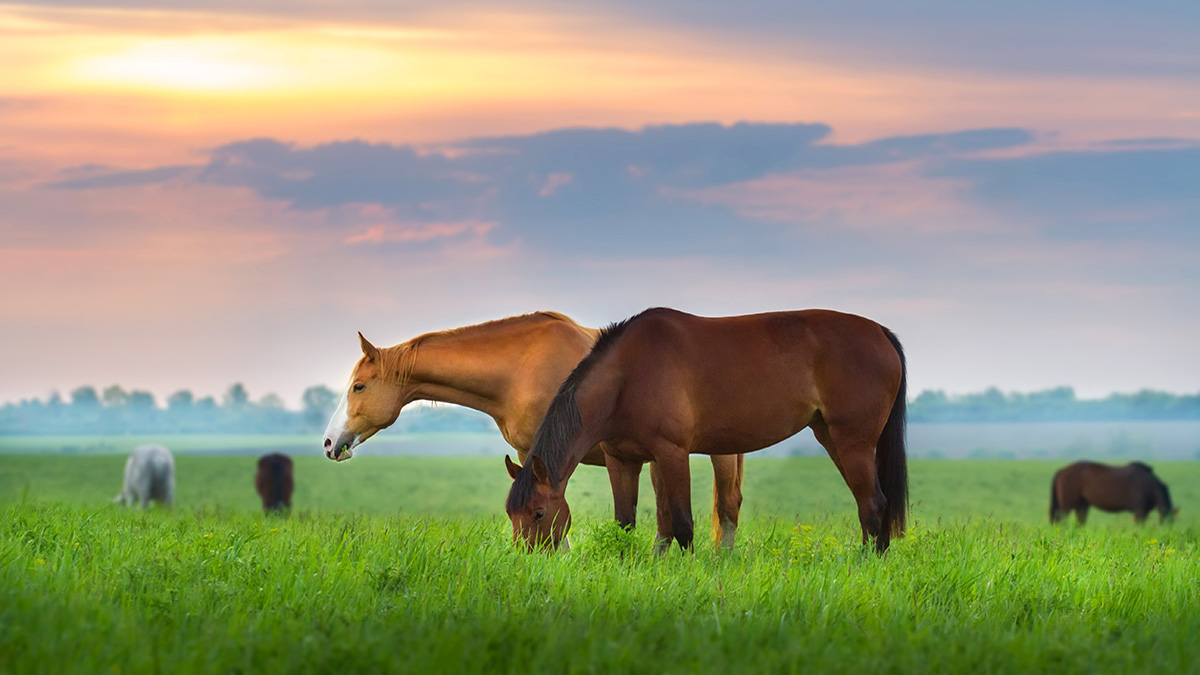Marieke’s cheese: It’s so gooouda!
Marieke Penterman will proudly tell you that she hails from the small town of Thorp, located in central Wisconsin. But upon speaking with her further, you’ll discover that she actually grew up on a 60-cow dairy farm in the Netherlands, the birthplace of Gouda cheese. When her husband, Rolf, also from the Netherlands, came to America to become a dairyman in May 2002, he and his brother started with 350 cows. Since then, the business has expanded to include 900 cows and a booming direct-to-consumer business, all of which started with a dream and a particular fondness for cheese.
A truly cheesy idea
In the years that followed her move to the cold Midwestern state, Marieke and Rolf grew both farm and family, and they are now parents to five children. Though she already had a great deal on her plate, Marieke wanted to utilize her skills and degree in dairy business but wasn’t sure how. Then, late one evening as she was contemplating opportunities, Marieke realized how much she missed authentic Dutch Gouda. After waking her husband with her idea and being told to wait until morning, Marieke set to work. She began her research and obtained a cheese license (required in the state of Wisconsin), then studied cheese crafting in Wisconsin and Holland. And in November of 2006, with an original recipe and a set of ideals, Marieke Gouda was born.
The business was practically an overnight success. Marieke won her first of many awards just four months after opening her doors. Since then, Marieke Gouda has grown to include a cheese store and gift shop — which sells specialty items from both Wisconsin and Holland — as well as a restaurant, aptly named Café Dutchess.
Located near a major Wisconsin highway, Penterman Farm and Marieke Gouda give visitors an opportunity to watch cheese being made on-site. The barn sits just a few hundred yards from the store. Raw milk is piped straight from the parlor bulk tank to the cheese floor. Guests can watch through observation windows as the milk is first turned into curds, then washed, drained, pressed, brined, coated and aged. The Marieke Gouda experience is both welcoming and educational.
For the love of cheese
When it comes to cheese, Marieke feels there is a special kind of magic in the industry. Good food has a way of bringing people together, and that is something she is happy to encourage through distribution of her products. She truly enjoys the people she works with in her business — and throughout the rest of the industry. She relies on the support of fellow cheese-makers and cheesemongers (independent cheese salesmen) to learn, teach and share her passion. There is something delightful about Marieke Penterman, seen in her passion for the cheese she makes, the staff she works with, the industry she supports, the customers who enjoy her product and her love for the cows and farmer. When you walk into Marieke’s shop, there is a sense of welcome, home and comfort. The entire team is filled with excitement to share their delicious product and share the story of Marieke Gouda.
When Marieke first thought of starting a creamery, she knew she didn’t want to fail. She believes there are two versions of failure: one is trying something and not succeeding long term, and the other — in her view — is not even trying. As the dairy industry continues to develop, it is important that people like Marieke continue to take risks to grow the dairy market and educate the public about the hard work that goes into the food we all consume daily.
For more about this impressive entrepreneur and her true farmstead cheese, visit mariekegouda.com.
I want to learn more about supporting nutrition in my dairy herd.
- Read more about Marieke’s cheese: It’s so gooouda!
- Log in to post comments

<script charset="utf-8" type="text/javascript" src="//js.hsforms.net/forms/v2-legacy.js"></script>
<![endif]--><script charset="utf-8" type="text/javascript" src="//js.hsforms.net/forms/v2.js"></script><script>
hbspt.forms.create({
portalId: '745395',
formId: '2c5ba201-30c0-4669-9dc4-c9711ca1b006'
});
</script>
Marieke Penterman, licensed cheesemaker, will proudly tell you that she hails from the small town of Thorp, located in central Wisconsin, where she shares her delicious product and the story of Gouda.






















